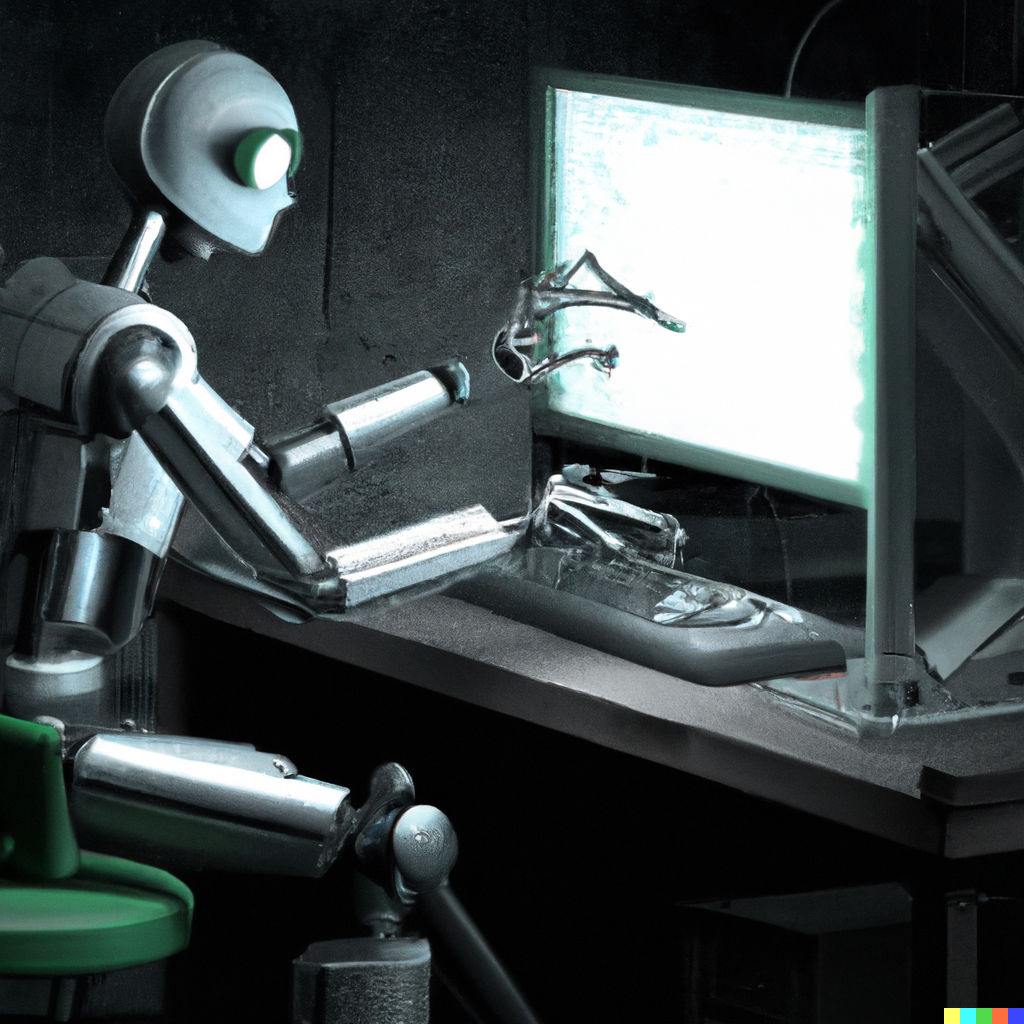November 04 | Robotic Process Automation Robotics

In today’s fast-paced digital economy, efficiency isn’t just an advantage — it’s a necessity. As organizations strive to optimize workflows, cut costs, and enhance accuracy, Robotic Process Automation (RPA) has emerged as one of the most transformative technologies in the business world.
From finance and healthcare to logistics and customer service, RPA is redefining how companies operate. But what exactly is RPA, and how can it reshape your business? Let’s explore.
RPA is a technology that uses software “robots” or bots to mimic human actions and automate repetitive, rule-based digital tasks. These bots interact with systems and applications just like people do — by logging in, entering data, performing calculations, and even making simple decisions based on logic.
Unlike traditional automation, which often requires deep system integration or complex APIs, RPA can operate at the user interface (UI) level, meaning it can work across different applications without disrupting existing infrastructure.
In short:
RPA bots don’t replace your systems — they work with them to make your team’s life easier.
An RPA system typically involves:
For example, in a finance department, an RPA bot might automatically extract invoice details from emails, input them into an ERP system, and send payment confirmations — all without human intervention.
RPA bots work 24/7 without breaks, vacations, or fatigue. Tasks that took hours can now be completed in minutes.
By automating manual tasks, businesses can dramatically reduce operational costs. Studies suggest that RPA can lower process costs by 30–70%.
Bots follow rules precisely — eliminating human errors and ensuring consistent, audit-ready performance.
RPA frees employees from mundane, repetitive work so they can focus on strategic, value-driven activities like innovation and customer engagement.
RPA solutions can be scaled up or down quickly depending on business needs, without major infrastructure changes.
While both RPA and Artificial Intelligence (AI) are automation technologies, they serve different purposes:
However, when combined — in what’s often called Intelligent Automation — businesses gain a powerful blend of speed, accuracy, and adaptability.
Despite its benefits, RPA isn’t plug-and-play. Organizations often face:
Solution: A strong RPA strategy should start small, scale gradually, and involve both IT and business stakeholders.
The future of RPA is moving toward hyperautomation — the integration of RPA with AI, machine learning, and analytics to automate not just tasks, but entire end-to-end business processes.
According to Gartner, by 2026, 80% of enterprises will have deployed some form of RPA or intelligent automation, up from less than 50% today.
RPA isn’t just a cost-cutting tool anymore; it’s becoming a strategic enabler of digital transformation.
Robotic Process Automation is more than a technology trend — it’s a business revolution. By taking over repetitive work, RPA empowers organizations to operate faster, smarter, and more efficiently.
Whether you’re a small business looking to streamline operations or a global enterprise pursuing digital transformation, RPA offers a clear path toward greater productivity and innovation.
SHARE THIS:
© Copyright 2025Global Tech AwardsAll Rights Reserved